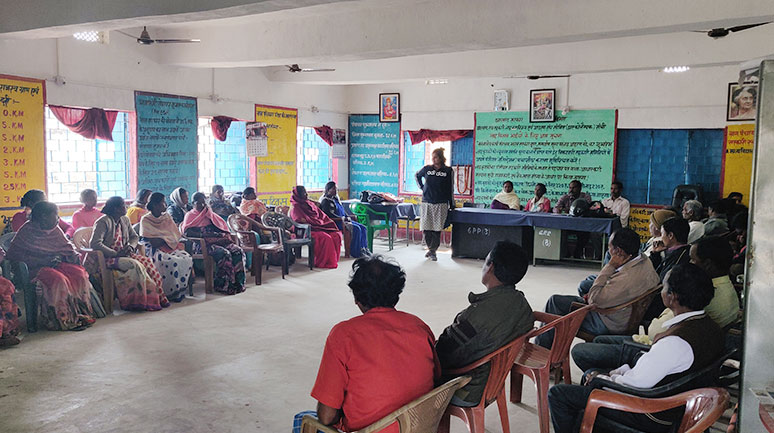Strengthening Local Governance- A Development Paradigm


Recognizing the idea of the Panchayati Raj as crucial for the foundation of the Indian political system, the 73rd Constitution Amendment was passed by Parliament in 1992, giving Constitutional power to local elected bodies, leading to a decentralized form of governance in which each and every village is responsible for its own affairs
Background
I N OCTOBER 1989, RAJIV GANDHI GAVE A SPEECH THAT envisioned the idea of a panchayat and a self-sufficient village ecosystem. In his speech he said, “In a vast country like ours, there are at present not more than 5,500 persons—5,000 in the state legislatures and around 500 in the Parliament—to directly represent 800 million people. The number of voters seeking the assistance of elected representatives is so large that there is no way the representative can give his personal attention to his electorate as a whole.”
The idea was to bring uniformity in the structure of local bodies and, simultaneously, ensure the representation of the weaker sections of society through reservation in all local bodies
The idea was to bring uniformity in the structure of local bodies and, simultaneously, ensure the representation of the weaker sections of society through reservation in all local bodies
Later, in 1993, Article 243 G was added; this gave “provisions of mandatory devolution of powers, authorities and responsibilities by state governments to the panchayats.” Initially, the Amendment was passed in eight tribal states. The idea was to bring uniformity in the structure of local bodies and, simultaneously, ensure the representation of the weaker sections of society through reservation in all local bodies. Mahatma Gandhi had advocated the idea of Panchayati Raj as very crucial for the foundation of the Indian political system... the decentralized form of governance in which each and every village would be responsible for its own affairs.
Later, in 1996, on the basis of the report submitted by the Bhuria Committee in 1995, the Parliament also enacted ‘The Provisions of the Panchayat (Extension to the Scheduled Areas) Act 1996’ also known as the PESA Act. This extends particularly to Part IX of the Constitution, with certain modifications and exceptions to the Fifth Schedule Areas that were notified in 10 states, that is, Maharashtra, Jharkhand, Madhya Pradesh, Gujarat, Himachal Pradesh, Telangana,Odisha, Rajasthan, Chhattisgarh and Andhra Pradesh.
This Act gave special powers to the gram panchayat (GP) and the gram sabha (GS), which includes participatory planning for decision-making, approval of plans, programmes for social and economic development, and mandatory consultation before acquisition of land in the Scheduled Areas for development projects. The GS refers to a body comprising persons registered in the electoral rolls of a revenue village within a GP area.
Neha Joshi and Nidhi Trivedi work with PRADAN as Executives. They are based in Palkot block, Jharkhand.

